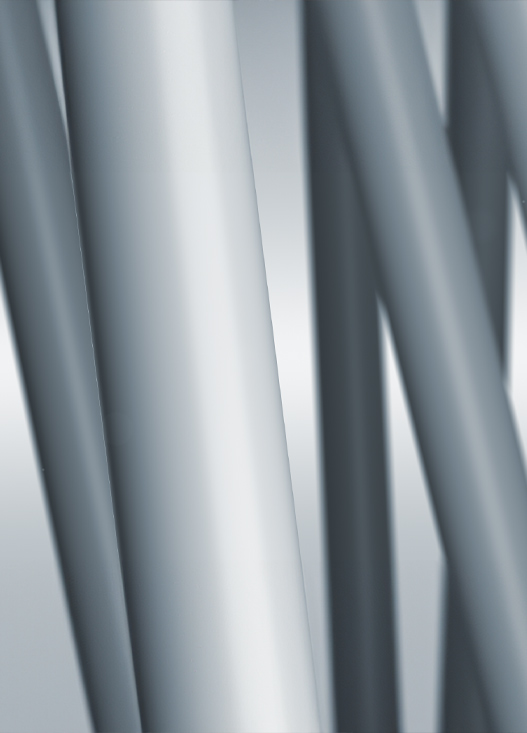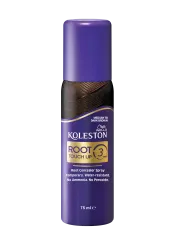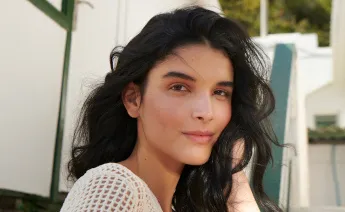
To understand the science of hair color, it is first essential to understand what we are coloring. Let’s start with a review of the hair structure.

Let’s start with hair fibers – they consist of three parts, the cuticle, the cortex, and the medulla. The cuticle is approximately 10 layers of flat, overlapping, scale-like structures that are responsible for your hair's condition as it helps to protect the inner portion of your hair structure – the cortex. This is the group of spindle-shaped cells aligned along with the fiber, which accounts for about 70-90% of the hair bulk. The cortex contains hair’s natural pigment called melanin and is where the permanent coloring process occurs. The size, shape, distribution of the melanin determines the overall color of hair. The medulla is the center of the hair fiber. This is the core of elongated cells running down the middle of the hair fiber.
What is the impact of coloring on the hair structure?
Since the natural color pigment (melanin) is in the cortex, deep inside the hair, and the cuticle is designed to protect the cortex, dyes or bleaches must penetrate the cuticle, travel through the cortex, and remain active long enough to color hair.
There are also a variety of hair types – straight, wavy, curly or anything in between. Minor differences in our genes can make large differences in hair, so it is important to understand your hair type before coloring. For example, since Asian hair is thicker and coarser than Caucasian hair, it can be more difficult for hair color to penetrate and lock-in. Therefore, longer coloring time may be necessary.

Interesting hair facts
- Hair is found on about 95% of the total skin area
- The average head contains over 100,000 hair follicles
- On a baby’s head, there are 1,100 follicles per square cm. By age 25 this falls to 600, and by age 50, you’re down to about 250
- Hair is very strong, in fact, a strand of hair is stronger than a copper wire of the same thickness
- Hair grows at a rate of 1 cm per month – that is why after 4 weeks your roots show up again
- Each hair on the scalp will grow for about 1000 days and then fall out
- Each follicle grows about 20 new hairs in a lifetime, which grow for several years until they fall out
- We naturally lose 50-100 scalp hairs every day
- No new follicles form after birth















